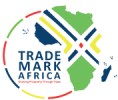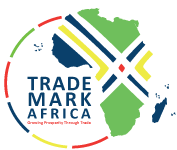More than 30 private sector companies have so far applied for grants in the first round of TradeMark Africa’s Logistics Innovation for Trade, or LIFT, fund, which was launched in Europe last month. With such funds typically attracting a deluge of applications in the final days before a round closes, many more are expected to submit proposals between now and the March 31 deadline, according to Clara Garcia Parra, a consultant at Nathan Associates, which is managing the fund. A number of the firms applying are multinationals. Backed by the U.K. Department for International Development, the LIFT fund has raised $16 million to provide challenge grants ranging from $250,000 to $750,000 to help companies develop new ways of cutting the cost and time involved when trading goods within East Africa. Its aim is to encourage the private sector to invest in East Africa’s logistics and transportation industry, testing out fresh innovations that will help bring down the significant barriers to trade that slow the region’s economic development. The idea is that LIFT will shoulder part of the perceived risk of investing in East Africa and reduce the cost of entry for companies eyeing the region, TMA CEO Frank Matsaert told Devex. This will not only inject expertise into the sector but will stimulate price competition into “what are fairly cartelized niches.” Transport costs in East Africa are around 60 percent higher than those in the United States or Europe, many supply chains are underdeveloped, and the logistics industry lacks technological...
Private sector players line up for East Africa LIFT fund
Posted on: March 23, 2015
Posted on: March 23, 2015















